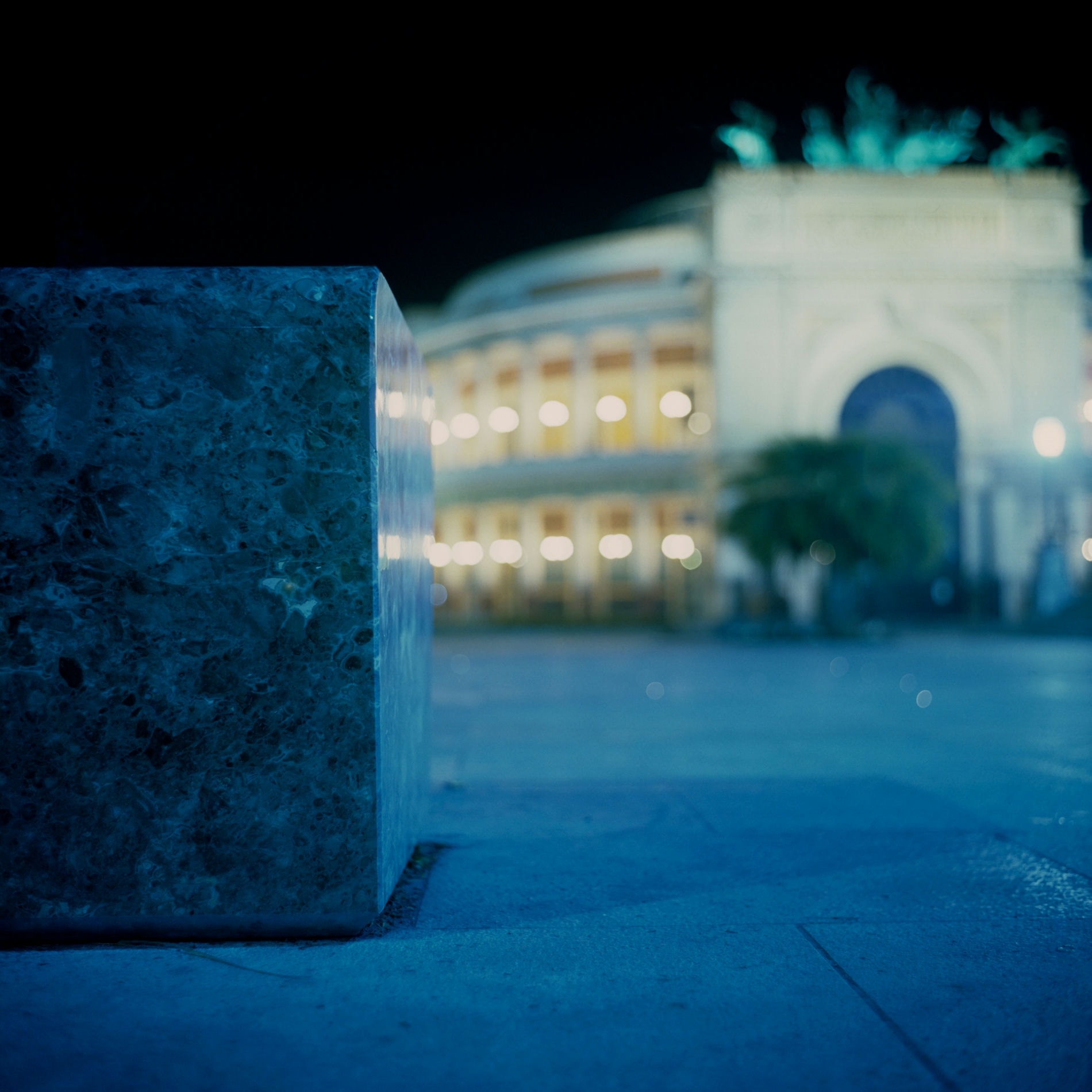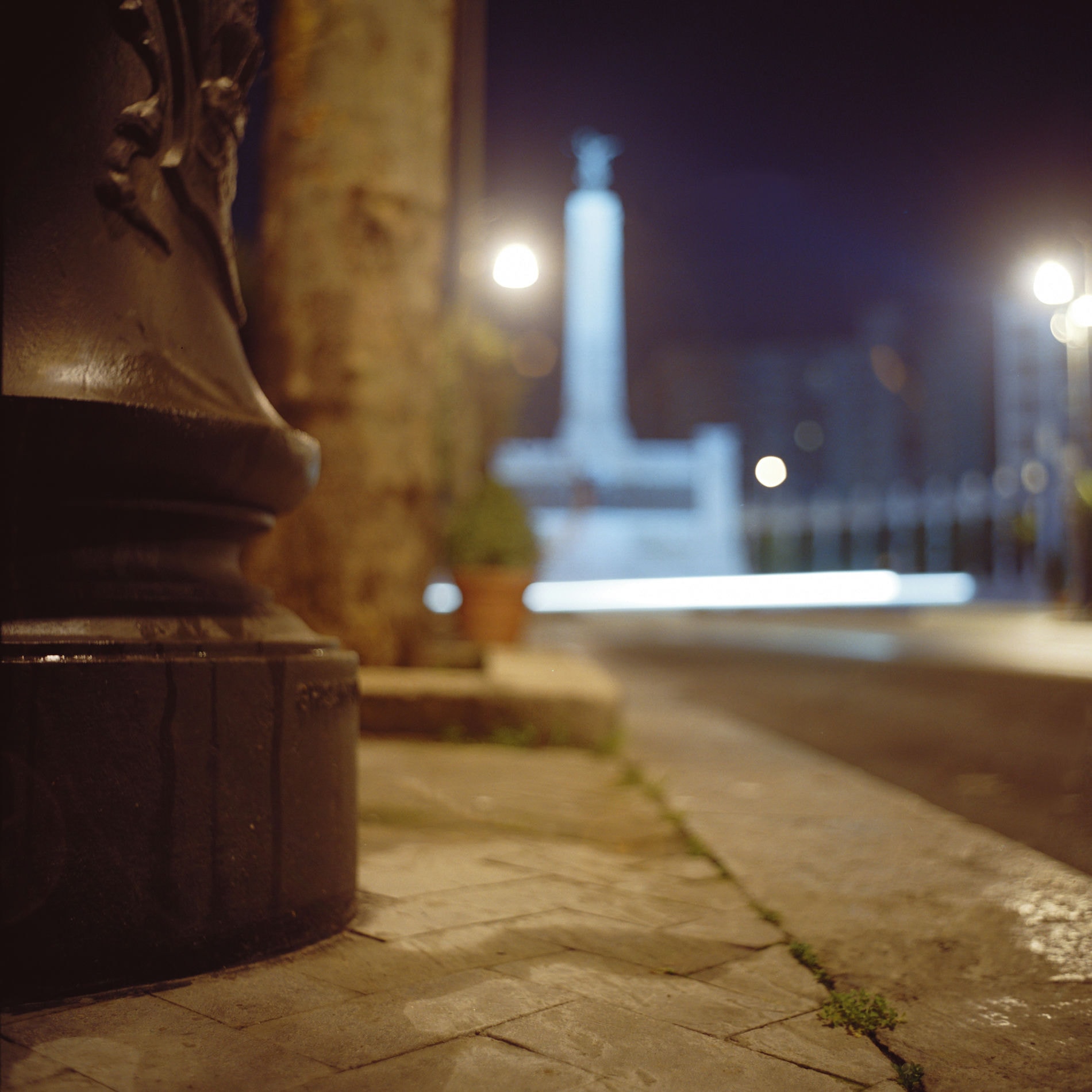Vision, gaze, and point of view are three different ways of understanding perceptual encounters with reality that we experience through our eyes. Vision and gaze belong to both the realm of individual perception and the broader realm of culture, hence collective perception.
Point of view is arguably the primary tool through which an artist communicates with their audience. With Baudelaire, particularly in his Intimate Diaries and Writings on Art, the idea emerges for the first time that the contemporary artist looks at contemporaneity deliberately and politically through their own point of view. This concept stems from the new poetic dimension in which the individual, the citizen Baudelaire, assumes the roles of critic and dreamer while traversing the streets of their own city, approaching reality from a perspective they define as modern.
A system is a kind of damnation that compels us to perpetual renunciation; we must always invent another, and it is an effort that amounts to a cruel punishment.
This statement can be taken as a reference to propose an approach to Fabio Savagnone's photographs of the city of Palermo, as it accounts for that participatory shift in perspective that requires an act of awareness.
The system of vision constitutes the structure that contemporary artists have most thoroughly questioned; each, in their own way and with the language most congenial to their sensitivity, has worked on strategies to break free from the canons and constraints imposed by the system.
The shift in point of view takes on a symbolic value in this sense, even before being a tactical one, as it represents, at times, an escape from the dominance of a single vision.
Beyond the escape, however, lies choice, selection, framing.
Here, the language of photography fully enters into this research process that characterizes modernity.
The series of photographs that Fabio Savagnone has created on the theme of Palermo from below represents a clear hypothesis of displacement. The color photos were all taken at night during repeated walks in search of his own city. The journey encompassed the most frequented streets and squares, markets, alleys, and monuments-the very places where Palermitans walk, stop, and look every day.
However, the difference is evident. The night, which alters landscapes by changing their colors, is empty, devoid of passersby and gazes. Thus, Fabio chooses a starting condition characterized in some way by absence and imposes a specific presence: that of his own point of view. He photographs everything he wants to re-look at, all the places he intends to rediscover, and does so in the darkness, far from the expressions of astonishment his actions would elicit from busy people at other times.
He performs the gesture of an artist who takes possession of reality through their own experience, which will be brought into play later through a new code, a deeper reading. This is the value, the strength of the images he presents to us today: they convey a sense of appropriating the space that eludes us and confuses us every day, mixing different signs and hiding from intuition.
These images suggest stopping and induce remembering: each one of us, citizens of this same Palermo, has undoubtedly already glimpsed some of those places, has caught fleeting glimpses, without paying attention, of the same square, street, or staircase. And each of us has probably stumbled upon the belated image of that mysterious corner of the urban landscape by chance, as it emerges in our consciousness after the experience. What happens, then, in proximity to vision? What occurs when we find ourselves within the space delimited by our gaze? We know that what stands before us is what we know, but at every corner of our field of view, things exist and look back at us. The entire cycle of photographs of Palermo from below possesses a very strong power; it shows us the gaze of things, the remnants of our passage.
The fact is, when faced with Fabio's framing, one feels disoriented, not due to technical factors, which can certainly be found within the work, but due to the impression of encountering a discovery. The photographer's journey through the unknown and dark city highlights every citizen's need to become a critical observer, to lower oneself even for a moment to the same level as the trodden pavement, to extend one's gaze beyond or beneath the level of one's vision. Not outside, but below, beyond the margins of habit.
Article by Costanza Meli, Gente di Fotografia














